
Fredrik Meltzer was a Norwegian businessman and representative at the Norwegian Constitutional Assembly at Eidsvoll in 1814. He is perhaps best known for designing the flag of Norway.

Georg Sverdrup was a Norwegian statesman, best known as one of the presidents of the Norwegian Constituent Assembly in Eidsvoll in 1814. He was a member of the Norwegian Parliament and was also responsible for the development of the first Norwegian university library.
The Convention of Moss (Mossekonvensjonen) was a ceasefire agreement signed on 14 August 1814 between the King of Sweden and the Norwegian government. It followed the Swedish-Norwegian War due to Norway's claim to sovereignty. It also became the de facto peace agreement and formed the basis for the personal union between Sweden and Norway that was established when the Norwegian Stortinget (Parliament) elected Charles XIII of Sweden as king of Norway on 4 November 1814. The Union lasted until Norway declared its dissolution in 1905.
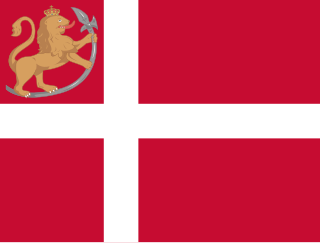
In 1814, the Kingdom of Norway made a brief and ultimately unsuccessful attempt to regain its independence. While Norway had always legally been a separate kingdom, since the 16th century it had shared a monarch with Denmark; Norway was a subordinate partner in the combined state, whose government was based in Copenhagen. Due to its alliance with France during the Napoleonic Wars, Denmark was forced to sign the Treaty of Kiel in January 1814 ceding Norway to Sweden.
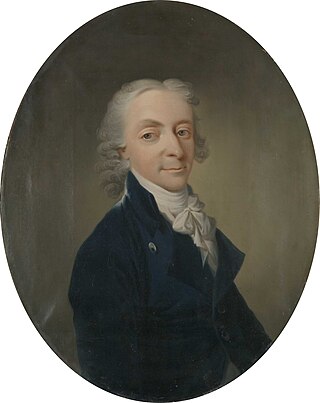
Marcus Gjøe Rosenkrantz was a Norwegian Government Minister and Member of Parliament.

Hans Jacob Stabel was a Norwegian priest and elected official.

Severin Løvenskiold was a Norwegian nobleman, politician and the prime minister of Norway.
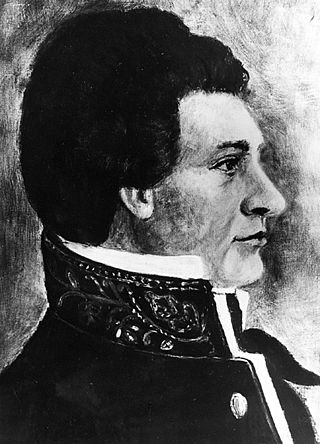
Christian Adolph Diriks was a Norwegian lawyer and statesman. He served as a representative at the Norwegian Constitutional Assembly in 1814.
Events in the year 1814 in Norway.

Lars Johannes Irgens was a Norwegian jurist and public official. He served as a representative at the Norwegian Constitutional Assembly.

Nicolai Wergeland was a Norwegian minister, writer and politician, and a member of the Norwegian Constituent Assembly at Eidsvoll that wrote the Constitution of Norway on 17 May 1814. He was elected as one of two delegates from Kristiansand to the Eidsvoll Assembly in 1814. He represented the unionist side, and came very well prepared to Eidsvoll, bringing his own constitution draft. Along with him from Kristiansand came wholesaler Ole Clausen Mørch.
The Meeting of Notables was a meeting that took place before Norway declared independence from Denmark in 1814.
Ludvig Stoud Platou was a Danish-Norwegian educator, historical and geographical writer, politician and State Secretary.
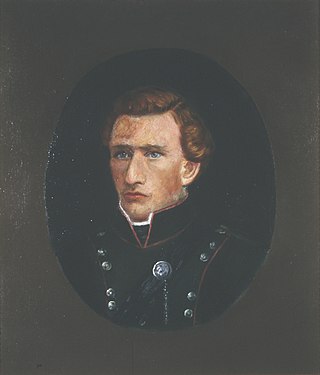
Petter Johnsen Ertzgaard was a Norwegian farmer, elected official and military officer. He served as a representative at the Norwegian Constitutional Assembly.
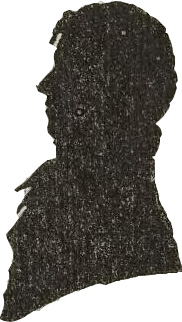
Christen Mølbach was a Norwegian merchant who represented Stavanger amt at the Norwegian Constituent Assembly at Eidsvoll in 1814.
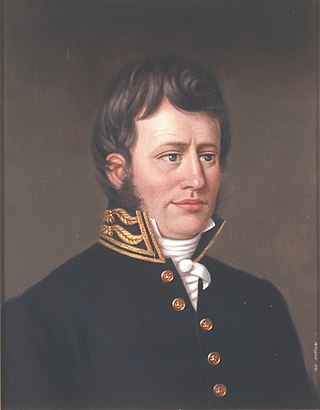
Christian Hersleb Horneman was a Norwegian jurist and elected official. He served as a representative at the Norwegian Constitutional Assembly.

Eidsvollsbygningen is a historic manor house located at Eidsvoll in Akershus county, Norway. The building is where the Constitution of Norway was signed on 17 May 1814. The estate is now owned by The State of Norway and is an official national monument, as well as a museum.

The Jew clause is in the vernacular name of the second paragraph of the Constitution of Norway from 1814 to 1851 and from 1942 to 1945. The clause, in its original form, banned Jews from entering Norway, and also forbade Jesuits and monastic orders. An exception was made for so-called Portuguese Jews. The penultimate sentence of the same paragraph is known as the Jesuit clause.
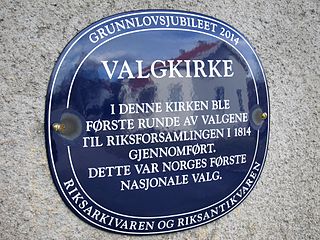
An election church is a term used for approximately 300 churches in Norway that were used as polling stations during the elections to the Norwegian Constituent Assembly at Eidsvoll in 1814. This was Norway's first national elections and this assembly is the group that wrote the Constitution of Norway. The churches were used because they were the natural center of public life for most places in the country, and because the parish was the basic unit of the electoral system.
Bård Frydenlund is the director (CEO) at Eidsvoll 1814 in Norway. He is the former CEO at Næs Jernverksmuseum.















